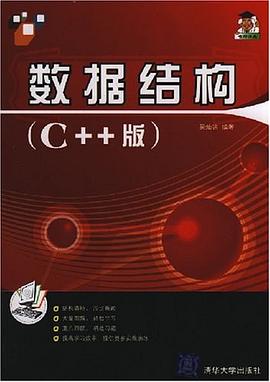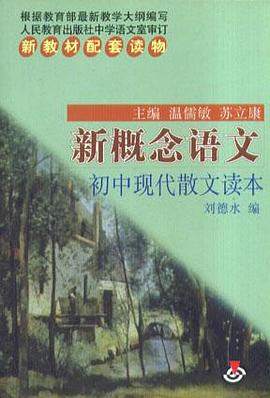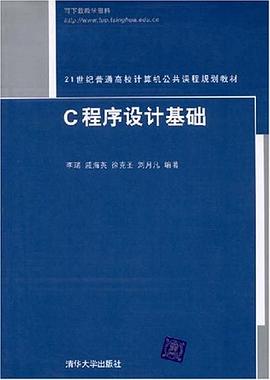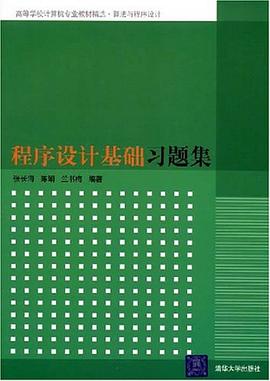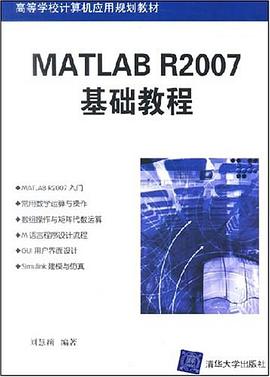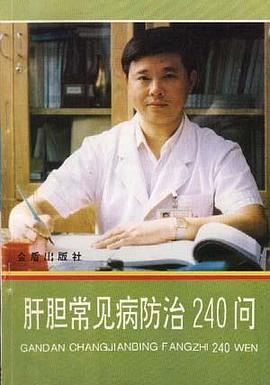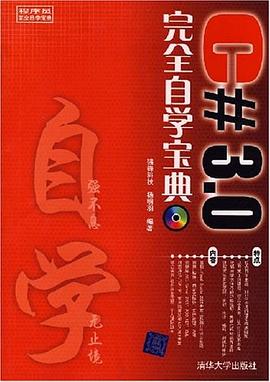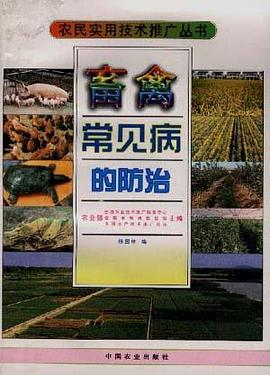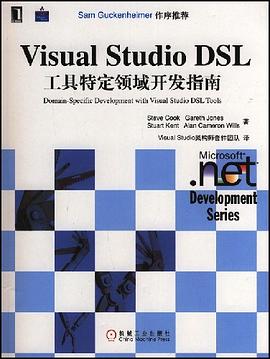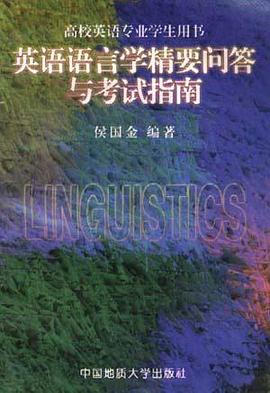

具体描述
作者简介
目录信息
目录
I Key Points of Linguistics: Questions and Answers
1.1 What is language?
1.2 What are design features of language?
1.3 What is arbitrariness?
1.4 What is duality?
1.5 What is productivity?
1.6 What is displacement?
1.7 What is cultural transmission?
1.8 What is interchangeability?
1.9 Why do linguists say language is human specific?
1.10 What functions does language have?
1.11 What is the phatic function?
1.12 What is the directive function?
1.13 What is the informative function?
1.14 What is the interrogative function?
l.15 What is the expressive function?
l.16 What is the evocative function?
l.17 What is the performative function?
l.18 What is linguistics?
l.19 What makes linguistics a science?
l.20 What are the major branches of Hnguistics?
l.21 What are synchronic and diachronic studies?
l.22 What is speech and what is writing?
l.23 What are the differences between the descrip-
tive and the prescriptive approaches?
l.24 What is the difference between langue and
parole?
l.25 Whal is the difference between competence and
performance?
l.26 What is linguistic potential? What is actual lin-
guistic behaviour?
l.27 In what way do langue ,competence and linguis-
tic potential agree? In what way do they differ?
And their counterparts?
l.28 What is phonetics?
l.29 How are the vocal organs formed?
l.30 What is place of articulation?
l.31 What is the manner of articulation?
l.32 How do phoneticians classify vowels?
l.33 What is IPA ? When did it come into being?
l.34 What is narrow transcription and what is broad
transcription?
l.35 What is phonology? What is the difference
between phonetics and phooology?
l.36 What is a phone? What is a phoneme? What is
an allophone?
l.37 What are minimal pairs?
l.38 What is free variation?
l.39 What is complementary distribution? 什么是互补公布?
l.40 What is the assimilation rule? What is the deletion
rule?
l.41 What is suprasegmental phonology? What are
suprasegmental features?
l.42 What is morphotogy?
l.43 What is inflection/inflexion?
l.44 What is a morpheme? What is an allomorph?
l.45 What is a free morpheme? What is a bound mor-
p-heme?
l.46 What is a root? What is a stem? What is an
affix?
l.47 What are open classes? What are closed classes?
l.48 What is lexicon? What is word? What is lexeme?
What is vocabulary?
l.49 What is collocation?
l.50 What is syntax?
l.51 What is a sentence?
l.52 What are syntactic relations?
l.53 What is lC Analysis? What are immediate con-
stituents(and ultimate constituents)? 什么是
l.54 What are endocentric and exocentric construc-
tions?
l.55 What is a subject? A predicate? An object? 什么
l.56 What is category?
l.57 What is number? What is gender? What is case?
l.58 What is concord? What is government?
l.59 What is a phrase? What is a clause?
l.60 What is conjoining? What is embedding? What is
recursiveness?
l.61 What is hypotactic relation? What is paratactic
relation?
l.62 What is semantics?
l.63 What is meaning?
l.64 What is the difference between meaning,concept,
connotation, sense, implication, denotation,
notation,reference,implicature and signification?
l.65 What is the Semantic/Semiotic Triangle?
l.66 What is contextualism?
l.67 How many kinds of meaning did linguists find
l.68 What is synonymy?
l.69 What is antonymy? How many kinds of antonyms
are there?
l.70 What is hyponymy? What is a hyponym? What
is a superordinate?
l.71 What is polysemy? What is homonymy?
l.72 What is entailment?
l.73 Whal is presupposition?
l.74 What is componential analysis?
l.75 What is predication analysis? What-is a oneplace
predicate? What is a two-place predicate? What
is a no-place predicate? What are down-graded
predications?
l.76 What is a logical operator?
l.77 Why is writing important? Why is speech
considered prior to writing?
l.78. What is a pictogram? What is an ideogram?
l.79 What is word writing? What is sound writing?
What is syllabic writing?
l.80 What is an alphabet? What is a syllabary?
l.81 What is a grapheme? What is orthography?什么
l.82 What is refererice?
l.83 What is affixation, conversion and compounding?
l.84 What is blending, abbreviation and back formation?
l.85 What is analogical creation? What is borrowing?
l.86.What is assimilation,dissimilation and metathesis?
l.87 What is sociolinguistics?
l.88 What is a dialect? A regional dialect? A temporal
dialect? A sbciolect? An idiolect? A standarddialect?
l.89 What is register?
l.90 What is the field of discourse, the mode of dis-
course and the tenor of discourse?
l.91 What is a variety? What is a speech community?
l.92 What is a discourse?
l.93 What is vernacular? Pidgin? Creole?
l.94 What is bilingualism and diglossia?
l.95 What is Grimm's Law?
l.96 What is comparative-historical linguistics?
l.97 What is a language family? What is a family tree?
l.98 What is linguistic typology?
l.99 What is an isolating language? What is an
agglutinative language? What is a fusional
language?
l.100 What is correspondence?
l.101 What is a starred letter?
l.102 What is internal reconstruction?
l.103 What is the wave theory?
l.104 What is functional classification?
l.105 What is the difference between standard lan-
guage,national language and official language?
l.106 What is internal and external authority?
l.107 What is a prestige language?
l.108 What is language planning? What is institu-
tional linguistics?
l.109 What is language maintenance?
l.110 What is roleidomainiand reputation?
l.111 What is code-switching?
l.112 What is the Sapir-Whorf Hypothesis? (What is
linguistic determinism and linguistic relativity?)
l.113 What are cultural and linguistic universals and
peculiarities?
l.114 What is the use of grammar and dictionary?
l.115 What is pragmatics? Why pragmatics since there
is semantics?
l.116 What is the speech act theory? What is a con-
stative and performative? What is a locution,
s" illocution and a perlpcution?
l.117 What is an indirect speech act?
l.118 What is a linguistic context and a situational
context?
l.119 What is the difference between assertive,direc-
tive commissive, expressive and declaration?
l.120 What is a speech event?
l.121 What are adjacency pairs? What are preferred
second parts?
l.122 What is the co-operative prin ipleVCP?
l.123 What is the conversational implicature?
l.124 What is communicative competence?
l.125 What is language acquisition? How does a child
acquire his mother tongue?
l.126. How does a child acquire the phonological and
grammatical systems?
l.127 What is over-extension? What is over-generali-
TEST FlVE
TEST SlX
TEST SEVEN
TEST ElGHT
TEST NlNE
KEY to TESTS
附录1 现代语言学自学考试大纲
附录2 语言学主要术语汉英对照表
附录3 语言学主要术语英汉对照表
主要参考文献
· · · · · · (收起)
I Key Points of Linguistics: Questions and Answers
1.1 What is language?
1.2 What are design features of language?
1.3 What is arbitrariness?
1.4 What is duality?
1.5 What is productivity?
1.6 What is displacement?
1.7 What is cultural transmission?
1.8 What is interchangeability?
1.9 Why do linguists say language is human specific?
1.10 What functions does language have?
1.11 What is the phatic function?
1.12 What is the directive function?
1.13 What is the informative function?
1.14 What is the interrogative function?
l.15 What is the expressive function?
l.16 What is the evocative function?
l.17 What is the performative function?
l.18 What is linguistics?
l.19 What makes linguistics a science?
l.20 What are the major branches of Hnguistics?
l.21 What are synchronic and diachronic studies?
l.22 What is speech and what is writing?
l.23 What are the differences between the descrip-
tive and the prescriptive approaches?
l.24 What is the difference between langue and
parole?
l.25 Whal is the difference between competence and
performance?
l.26 What is linguistic potential? What is actual lin-
guistic behaviour?
l.27 In what way do langue ,competence and linguis-
tic potential agree? In what way do they differ?
And their counterparts?
l.28 What is phonetics?
l.29 How are the vocal organs formed?
l.30 What is place of articulation?
l.31 What is the manner of articulation?
l.32 How do phoneticians classify vowels?
l.33 What is IPA ? When did it come into being?
l.34 What is narrow transcription and what is broad
transcription?
l.35 What is phonology? What is the difference
between phonetics and phooology?
l.36 What is a phone? What is a phoneme? What is
an allophone?
l.37 What are minimal pairs?
l.38 What is free variation?
l.39 What is complementary distribution? 什么是互补公布?
l.40 What is the assimilation rule? What is the deletion
rule?
l.41 What is suprasegmental phonology? What are
suprasegmental features?
l.42 What is morphotogy?
l.43 What is inflection/inflexion?
l.44 What is a morpheme? What is an allomorph?
l.45 What is a free morpheme? What is a bound mor-
p-heme?
l.46 What is a root? What is a stem? What is an
affix?
l.47 What are open classes? What are closed classes?
l.48 What is lexicon? What is word? What is lexeme?
What is vocabulary?
l.49 What is collocation?
l.50 What is syntax?
l.51 What is a sentence?
l.52 What are syntactic relations?
l.53 What is lC Analysis? What are immediate con-
stituents(and ultimate constituents)? 什么是
l.54 What are endocentric and exocentric construc-
tions?
l.55 What is a subject? A predicate? An object? 什么
l.56 What is category?
l.57 What is number? What is gender? What is case?
l.58 What is concord? What is government?
l.59 What is a phrase? What is a clause?
l.60 What is conjoining? What is embedding? What is
recursiveness?
l.61 What is hypotactic relation? What is paratactic
relation?
l.62 What is semantics?
l.63 What is meaning?
l.64 What is the difference between meaning,concept,
connotation, sense, implication, denotation,
notation,reference,implicature and signification?
l.65 What is the Semantic/Semiotic Triangle?
l.66 What is contextualism?
l.67 How many kinds of meaning did linguists find
l.68 What is synonymy?
l.69 What is antonymy? How many kinds of antonyms
are there?
l.70 What is hyponymy? What is a hyponym? What
is a superordinate?
l.71 What is polysemy? What is homonymy?
l.72 What is entailment?
l.73 Whal is presupposition?
l.74 What is componential analysis?
l.75 What is predication analysis? What-is a oneplace
predicate? What is a two-place predicate? What
is a no-place predicate? What are down-graded
predications?
l.76 What is a logical operator?
l.77 Why is writing important? Why is speech
considered prior to writing?
l.78. What is a pictogram? What is an ideogram?
l.79 What is word writing? What is sound writing?
What is syllabic writing?
l.80 What is an alphabet? What is a syllabary?
l.81 What is a grapheme? What is orthography?什么
l.82 What is refererice?
l.83 What is affixation, conversion and compounding?
l.84 What is blending, abbreviation and back formation?
l.85 What is analogical creation? What is borrowing?
l.86.What is assimilation,dissimilation and metathesis?
l.87 What is sociolinguistics?
l.88 What is a dialect? A regional dialect? A temporal
dialect? A sbciolect? An idiolect? A standarddialect?
l.89 What is register?
l.90 What is the field of discourse, the mode of dis-
course and the tenor of discourse?
l.91 What is a variety? What is a speech community?
l.92 What is a discourse?
l.93 What is vernacular? Pidgin? Creole?
l.94 What is bilingualism and diglossia?
l.95 What is Grimm's Law?
l.96 What is comparative-historical linguistics?
l.97 What is a language family? What is a family tree?
l.98 What is linguistic typology?
l.99 What is an isolating language? What is an
agglutinative language? What is a fusional
language?
l.100 What is correspondence?
l.101 What is a starred letter?
l.102 What is internal reconstruction?
l.103 What is the wave theory?
l.104 What is functional classification?
l.105 What is the difference between standard lan-
guage,national language and official language?
l.106 What is internal and external authority?
l.107 What is a prestige language?
l.108 What is language planning? What is institu-
tional linguistics?
l.109 What is language maintenance?
l.110 What is roleidomainiand reputation?
l.111 What is code-switching?
l.112 What is the Sapir-Whorf Hypothesis? (What is
linguistic determinism and linguistic relativity?)
l.113 What are cultural and linguistic universals and
peculiarities?
l.114 What is the use of grammar and dictionary?
l.115 What is pragmatics? Why pragmatics since there
is semantics?
l.116 What is the speech act theory? What is a con-
stative and performative? What is a locution,
s" illocution and a perlpcution?
l.117 What is an indirect speech act?
l.118 What is a linguistic context and a situational
context?
l.119 What is the difference between assertive,direc-
tive commissive, expressive and declaration?
l.120 What is a speech event?
l.121 What are adjacency pairs? What are preferred
second parts?
l.122 What is the co-operative prin ipleVCP?
l.123 What is the conversational implicature?
l.124 What is communicative competence?
l.125 What is language acquisition? How does a child
acquire his mother tongue?
l.126. How does a child acquire the phonological and
grammatical systems?
l.127 What is over-extension? What is over-generali-
TEST FlVE
TEST SlX
TEST SEVEN
TEST ElGHT
TEST NlNE
KEY to TESTS
附录1 现代语言学自学考试大纲
附录2 语言学主要术语汉英对照表
附录3 语言学主要术语英汉对照表
主要参考文献
· · · · · · (收起)
读后感
评分
评分
评分
评分
评分
用户评价
评分
评分
评分
评分
评分
相关图书
本站所有内容均为互联网搜索引擎提供的公开搜索信息,本站不存储任何数据与内容,任何内容与数据均与本站无关,如有需要请联系相关搜索引擎包括但不限于百度,google,bing,sogou 等
© 2025 book.quotespace.org All Rights Reserved. 小美书屋 版权所有

